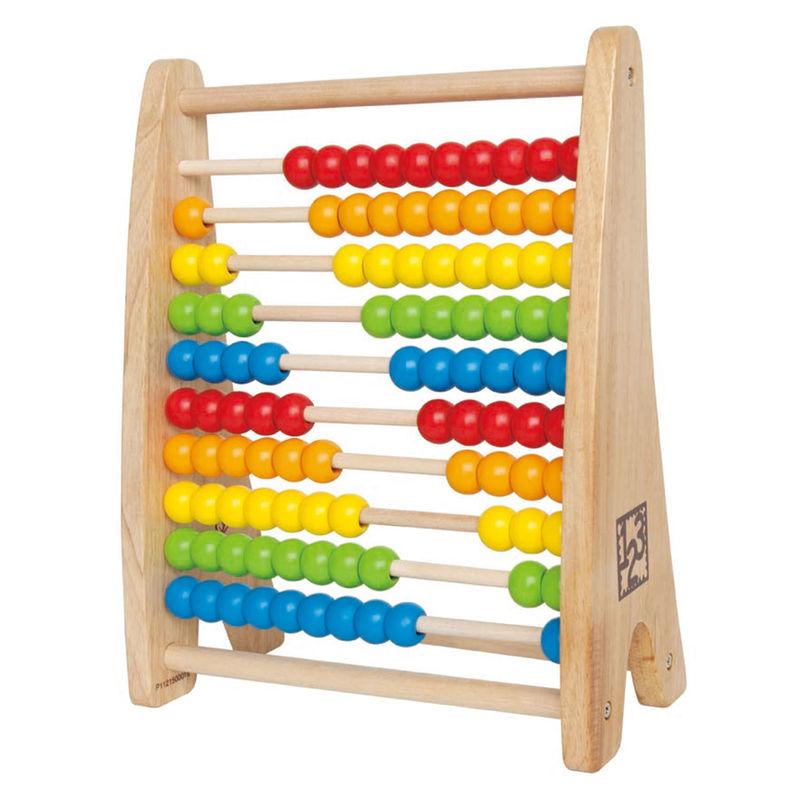Traditional teaching methods and support system
Traditional education, also known as back-to-basics, conventional education or customary education, refers to long-established customs that society traditionally used in schools. The primary educational technique of traditional education was simple oral recitation. In a typical approach, students sat quietly at their places and listened to one student after another recite his or her lesson, until each had been called upon. The teacher’s primary activity was assigning and listening to these recitations; students studied and memorized the assignments at home. A test or oral examination might be given at the end of a unit, and the process, which was called “assignment-study-recitation-test”, was repeated. In addition to its overemphasis on verbal answers, reliance on rote memorization(memorization with no effort at understanding the meaning), and disconnected, unrelated assignments, it was also an extremely inefficient use of students’ and teachers’ time. This traditional approach also insisted that all students be taught the same materials at the same point. Traditionally when technology had not yet appeared in the form as it is available today, there was no electricity, no computers or internet and even telephones. Following teaching aids are examples of traditional support system:
1. Blackboard
Blackboard is one of the very old and most used teaching aids.It began in 1801, with a large piece of slate hung on the wall in a school in Scotland to provide information to a large audience at one time. In the US by mid-19th century, every class room had a blackboard to teach students. The modern version of the blackboard is either green or brown board. This was introduced in late 1960s. The whiteboards came into use during the late 1980s. The blackboard has been the most handy and useful tool of a teacher in the classroom. The teacher has to take a white chalk to describe the things on the blackboard or for writing the notes of lesson on it for the children to copy. White chalk sticks are made mainly from calcium carbonate derived from mineral chalk rock or limestone, while colored or pastel chalks are made from calcium sulfate in its dihydrate form, CaSO4·2H2O, derived from gypsum. Chalk sticks containing calcium carbonate typically contain 40–60% of CaCO3 (calcite).

2. Textbooks
The prescribed texts books of studies for particular classes in a school have been the other very useful tool in the hands of the teacher for centuries whereby a teacher uses the text book to read and explain to the students everything contained in the text book lessons. The teacher asks the students to mark or underline important ideas appearing in the lessons and the difficult words or the concepts which the students may fail to grasp easily. While using the textbook, sometimes the teachers move away from the subject to tell the students anecdotes, stories or personal experiences concerned with the topic in the textbook that is being taught to the students.
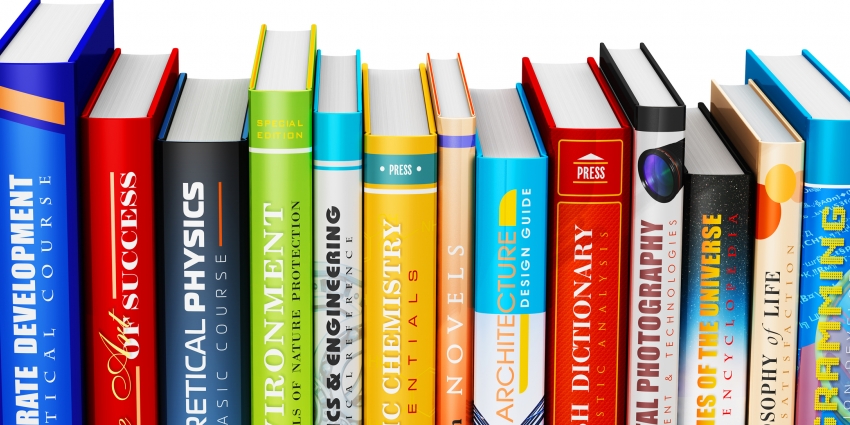
3. Charts
A chart is something that shows a group of facts in the form of a diagram, table, or a graph. Charts can be large enough to mount on a wall. Wall charts can be used for whole group lessons; the teacher can write an outline or word definitions on the wall chart.
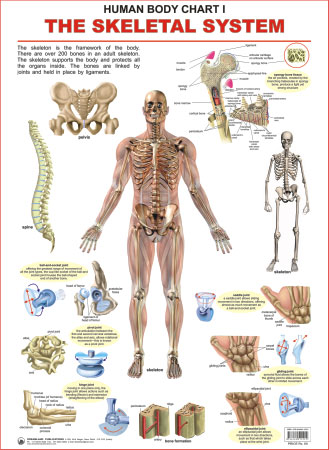
4. Maps and atlas, globes
A compilation of many maps is called an atlas. A globe is a spherical model of Earth, of some other celestial body, or of the celestial sphere. Globes serve similar purposes to maps, but unlike maps, do not distort the surface that they portray except to scale it down. A globe of Earth is called a terrestrial globe. A globe of the celestial sphere is called a celestial globe. The first known mention of a globe is from Strabo, describing the Globe of Crates from about 150 BC. The oldest surviving terrestrial globe is the Erdapfel, wrought by Martin Behaim in 1492. The oldest surviving celestial globe sits atop the Farnese Atlas, carved in the 2nd century Roman Empire.
5. Flash cards
A flash card is part of a set of cards that has numbers, letters, pictures or words on it. They are commonly used for drilling students on facts. Flash cards may also be used to enhance student memory.
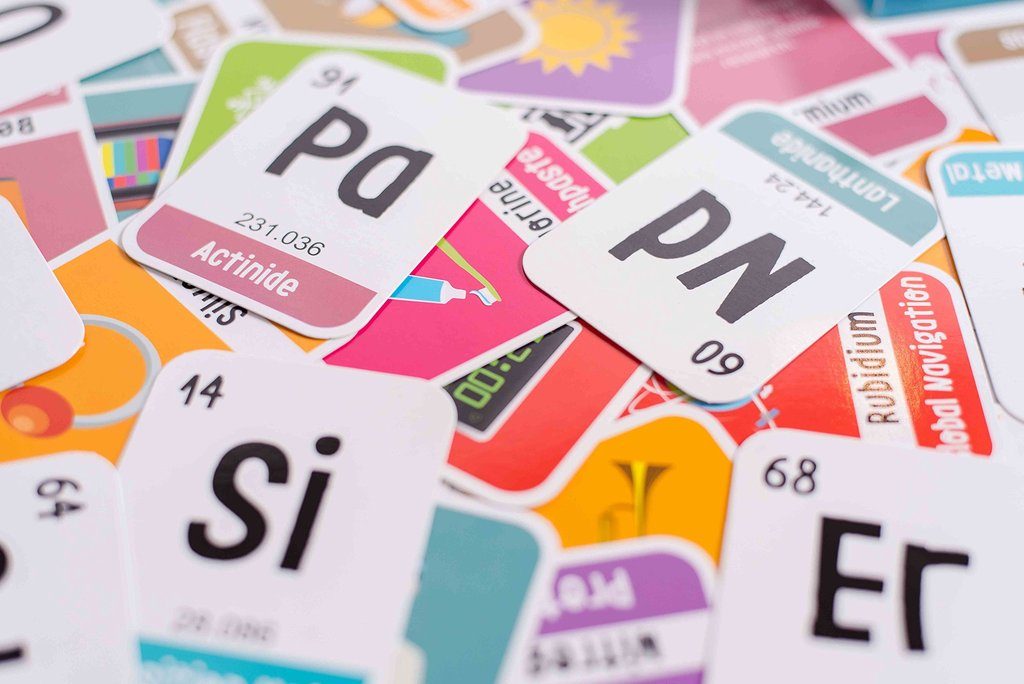
6. Flip cards
Flip charts are useful for teaching large groups at one time. A flip chart is a large group of papers that are attached at the top so that the papers can be flipped over one at a time to show a new page of paper. Flip charts are often placed on an easel, which allows the teacher to easily move it. A teacher can use a flip chart when she is showing different parts of a lesson, stages in the process of something, steps of something, or the progress of a story as it unfolds. Flip charts are very versatile and can be used for all classes.
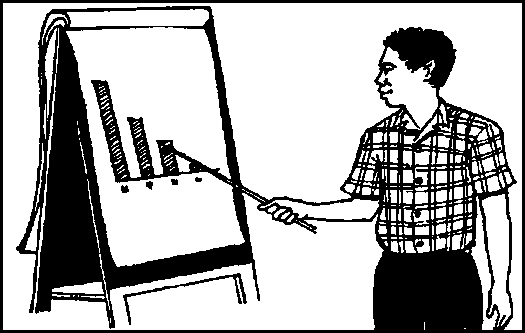
7. Science lab apparatus, models
Effective teaching and learning of science involves a perpetual state of show and tell.Classroom teaching with laboratory experiments ensure that their students grasp each and every concept thoroughly. It is also believed that laboratory teaching and experiments that are being conducted there help encourage deep understanding in children. Children are able to retain the knowledge for longer when they see the experiments being performed in front of their eyes.
Lab equipment allows students to interact directly with the data gathered. They get a first-hand learning experience by performing various experiments on their own. Students are made to use the models and understand different scientific theories and concepts. It is also found that lab equipment and supplies make teaching and learning easy both for the teachers, as well as for the students. There are several scientific theories and concepts that are difficult to explain directly from the books. Anatomy models, physics science kits, and chemistry science kits for instance make it easy to understand the otherwise complex theories of science.
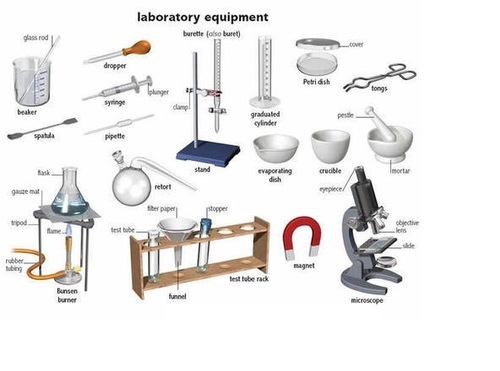
8. Worksheets
Worksheets usually refer to a loose sheet of paper with questions or exercises for students to complete and record answers. They are used, to some degree, in most subjects, and have widespread use in the math curriculum where there are two major types. The first type of math worksheet contains a collection of similar math problems or exercises. These are intended to help a student become proficient in a particular mathematical skill that was taught to them in class. They are commonly given to students as homework. The second type of math worksheet is intended to introduce new topics, and are often completed in the classroom. They are made up of a progressive set of questions that leads to an understanding of the topic to be learned.
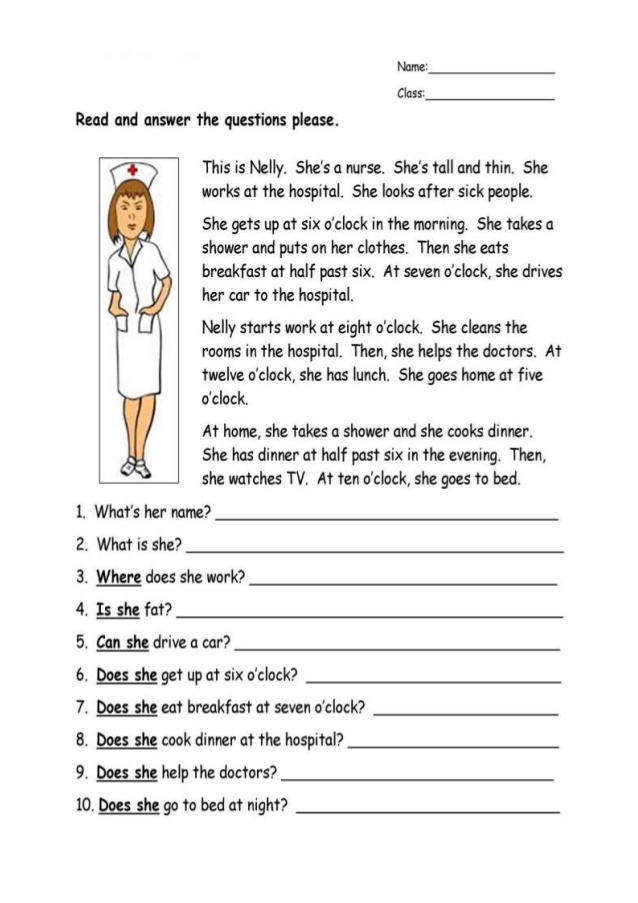
9. Dictionary, encyclopedias
A dictionary, sometimes known as a wordbook, is a collection of words in one or more specific languages, often arranged alphabetically (or by radical and stroke for ideographic languages), which may include information on definitions, usage, etymologies, pronunciations, translation, etc. or a book of words in one language with their equivalents in another, sometimes known as a lexicon. Although the first recorded dictionaries date back to Sumerian times (these were bilingual dictionaries), the systematic study of dictionaries as objects of scientific interest themselves is a 20th-century enterprise, called lexicography, and largely initiated by Ladislav Zgusta. An encyclopedia or encyclopedia is a reference work or compendium providing summaries of knowledge from either all branches or from a particular field or discipline. Encyclopedias are divided into articles or entries that are often arranged alphabetically by article name. and sometimes by thematic categories. Encyclopedia entries are longer and more detailed than those in most dictionaries. Generally speaking, unlike dictionary entries—which focus on linguistic information about words, such as their etymology, meaning, pronunciation, use, and grammatical forms—encyclopedia articles focus on factual information concerning the subject named in the article’s title.
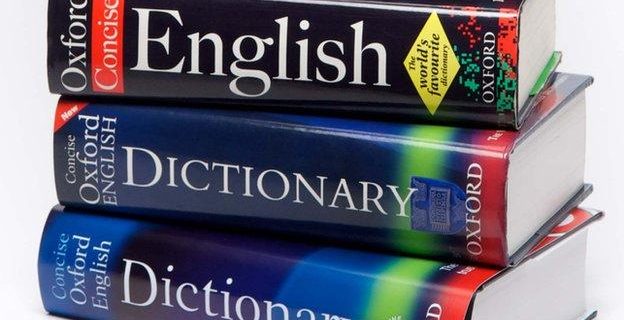
10. Puzzle
A puzzle is a game, problem, or toy that tests a person’s ingenuity or knowledge. In a puzzle, the solver is expected to put pieces together in a logical way, in order to arrive at the correct or fun solution of the puzzle. There are different genres of puzzles, such as crossword puzzles, word-search puzzles, number puzzles, relational puzzles, or logic puzzles. Puzzles exercise students’ critical thinking skills while providing needed practice in math, spelling, and other areas of the curriculum. Besides being fun, these puzzle activities are full of educational content. They help exercise students’ critical thinking skills, while developing and reinforcing math and language arts skills.
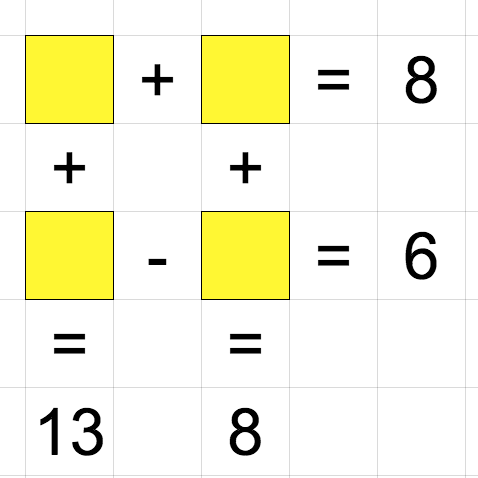
12. Quizzes
A quiz is a form of game or mind sport, in which the players (as individuals or in teams) attempt to answer questions correctly. It is a game to test your knowledge about a certain subject. a quiz is usually a form of a student assessment, but often has fewer questions of lesser difficulty and requires less time for completion than a test. For instance, in a mathematics classroom, a quiz may check comprehension of a type of mathematical exercise. Some instructors schedule a daily or weekly quiz ranging from five to thirty relatively easy questions for the purpose of having the students review their previous lessons before attending the next class.
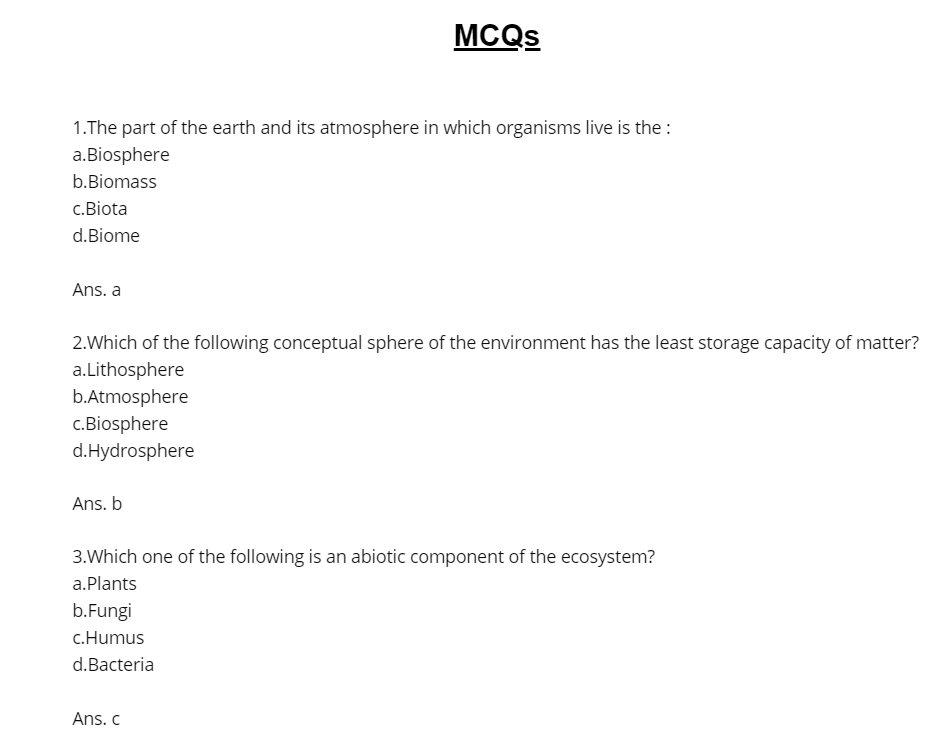
13. Abacus
Abacus is a very old teaching aid. In fact it is considered the predecessor of computer. But for beginners it is still considered one of the most effective teaching aid for learning basic ideas of addition and subtraction.
